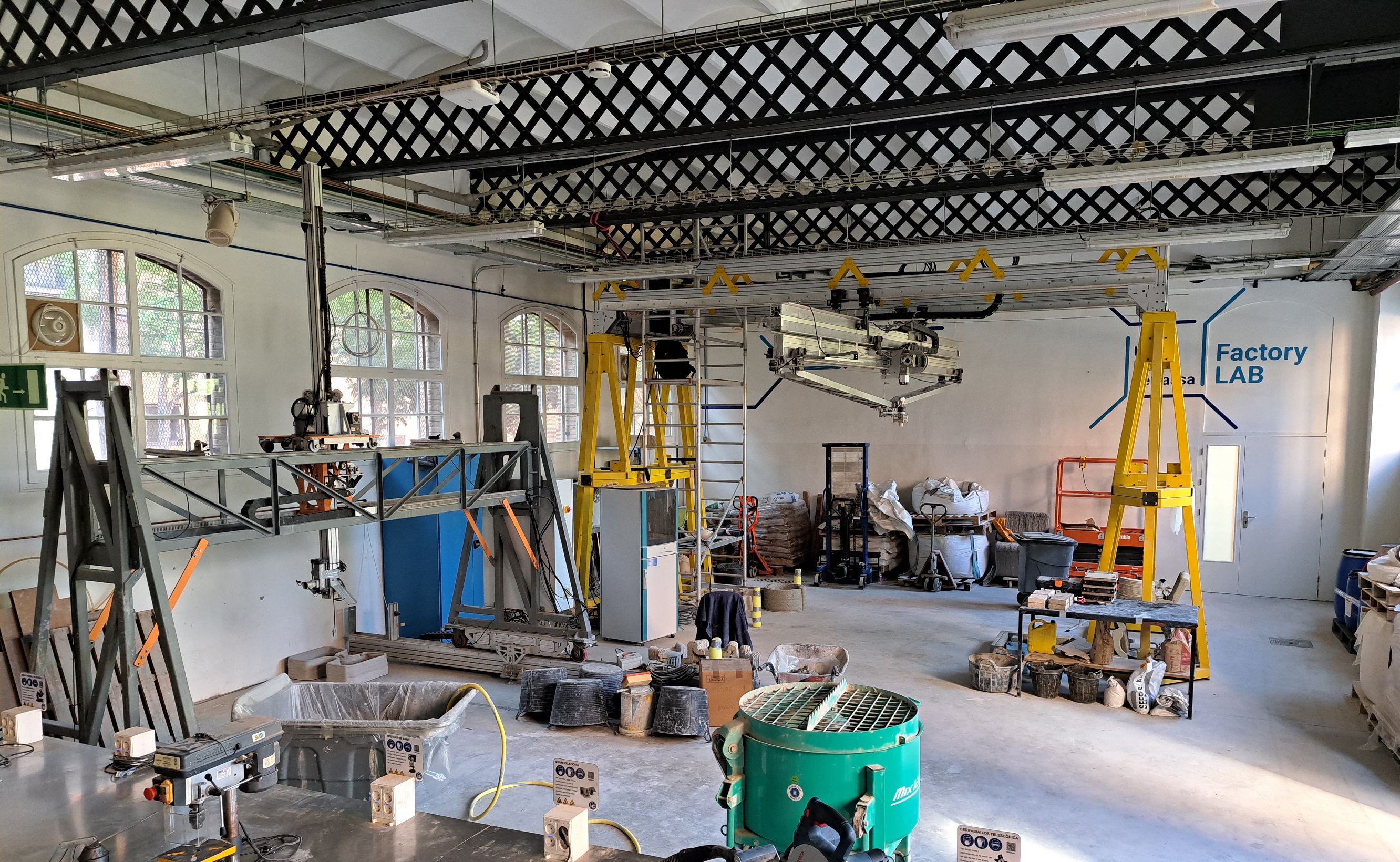
PROYECTO TED2021-129760B-I00 financiado por MCIN/AEI/10.13039/501100011033 y por la Unión Europea “NextGenerationEU”/PRTR
CATMECH

CATMECH - Advanced Center for Mechanical Technologies - of the Universidad Politécnica de Cataluña (UPC) is a research and technology transfer group that belongs to TECNIO network (ACCIÓ-Generalitat). CATMECH was born as a result of a holistic integration of different UPC research groups (i.e., LABSON, LEAM and LITEM), and consists of a team of 30 people, including researchers and qualified technical staff (more than 50% of the staff are doctors). Staff belongs to the Departments of Fluid Mechanics, Elasticity and Strength of Materials and Mechanical Engineering, which carry out an important activity of applied research and technology transfer with extensive industrial experience.
Within the area of Mechanics of Materials and Structures, CATMECH has a laboratory of 200 m2 with various equipment, that allow a range of tests between 10 kN and 250 kN, including tests of low frequency and static dynamics. Moreover, it is equipped by instrumentation and sensory systems to monitor the structural behavior of specimens. The working group within this area has wide experience in concrete, mortars and composite materials, and has developed more than 20 research projects with solutions for construction, in cooperation with companies under CDTI funding. Of particular relevance is the research in the field of manufacturing of Fiber Reinforced Cementitious Material (FRCM) with civil engineering applications.
Moreover, CATMECH has two large scale concrete printers thanks to an agreement with VIAS y CONSTRUCCIONES. CATMECH has a lab with 150 m2 for manufacturing solutions with these two printers.
Specific objectives of CATMECH's research in the SLAGREEF project
- Design and development of new concrete mixtures, incorporating white slag and calcareous waste. It will be necessary to analyze different types of mixture to fabricate artificial reefs. The dosage of the mixture must allow the workability and stability of the piece during the positioning operations. The strength properties and stability performance of the mixtures in the marine environment will be examined.
- Develop a manufacturing process using a large scale 3D Printer. Design and build mechanical components and pumping systems to properly move and cast-in-place the material according to a CAD design. Modify control algorithms to take account the specific properties of material behavior.